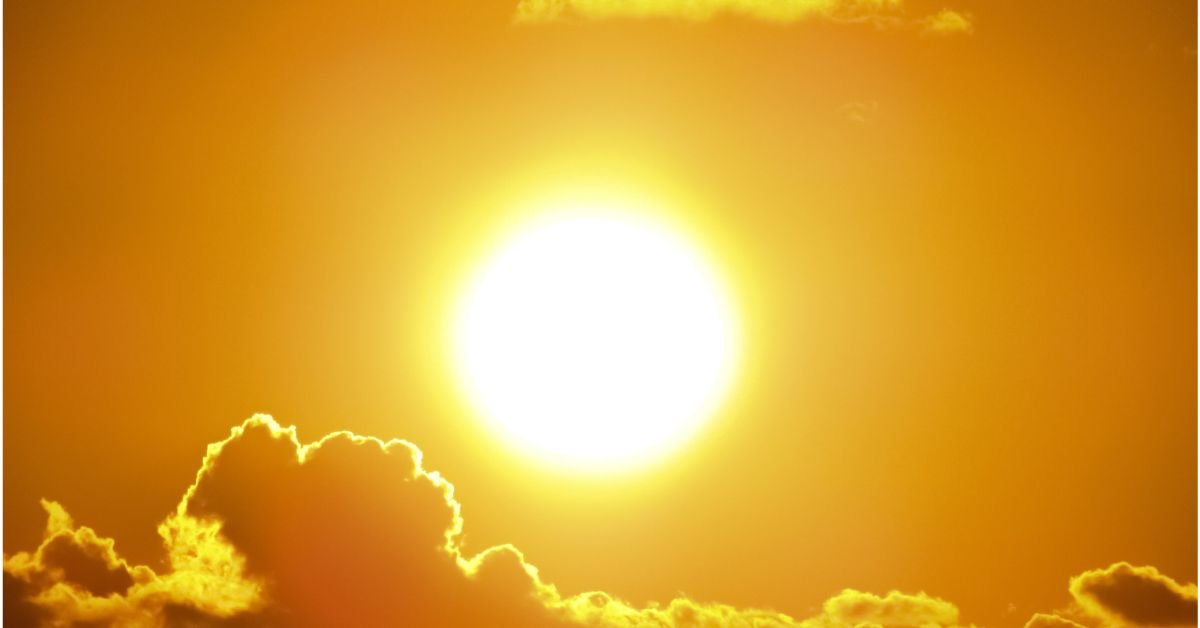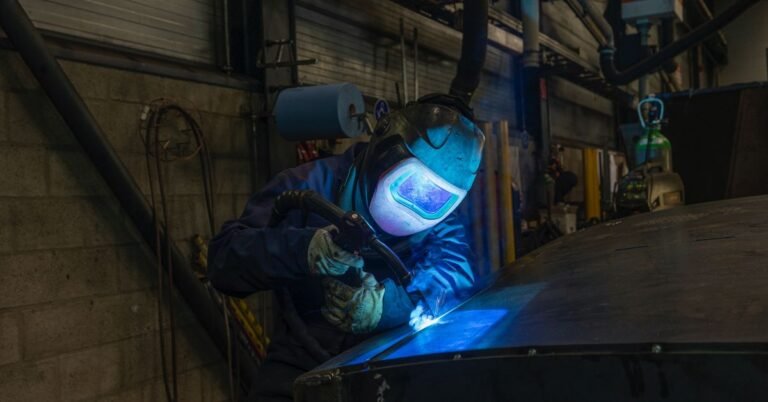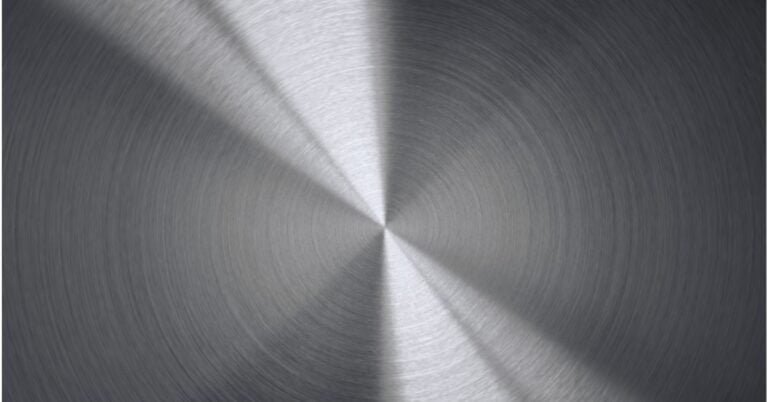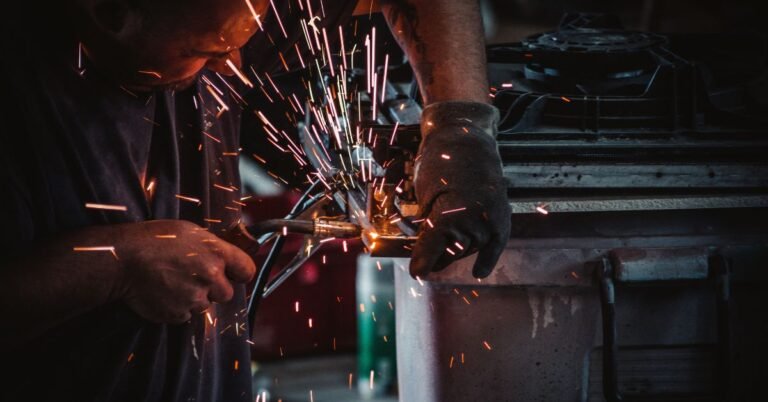Welding in Adverse Weather
Welding, the craft of joining metals through precision and heat, is often conducted in controlled indoor environments. However, real-world welding scenarios sometimes demand working in adverse weather conditions. From scorching heat to freezing cold, rain, or wind, these conditions can present unique challenges to welders. In this blog post, we’ll explore valuable tips to ensure your welding remains precise and safe even when the weather doesn’t cooperate.
- Safety First: Regardless of the weather, safety should always be the top priority. Ensure you’re equipped with appropriate personal protective gear, including welding helmets, safety glasses, gloves, and flame-resistant clothing. In adverse weather, consider additional protection against rain, cold, or heat, such as waterproof gear or insulated clothing.
- Optimal Workspace Setup: When working outdoors, create a protected workspace whenever possible. Use welding curtains or screens to shield your work area from wind and rain. This helps maintain proper shielding gas coverage and prevents interference from environmental factors.
- Wind Considerations: Wind can disrupt the shielding gas flow and disperse harmful fumes. If welding in windy conditions, position yourself to have your back to the wind. Additionally, use windshields or barriers to minimize the impact of gusts on your welding arc.
- Rain and Humidity: Rainwater can lead to electrical issues and compromise the quality of welds. Ensure your welding equipment is sheltered or covered to prevent exposure to rain. Moisture can also affect electrode stability and gas flow, so maintain dry conditions as much as possible.
- Extreme Heat: High temperatures can be challenging when welding. Stay hydrated, take regular breaks in the shade, and consider using heat-resistant welding gear. Extreme heat can also affect your welding equipment, so monitor it for overheating.
- Cold Weather Precautions: In freezing conditions, take extra precautions to prevent frostbite and equipment issues. Wear insulated gloves and clothing to keep warm. Ensure that your shielding gas doesn’t freeze; using heated gas cylinders or blankets can help.
- Electrode Storage: Extreme temperatures, especially heat, can affect the quality of welding electrodes. Store them in a cool, dry place, and keep them sealed in their original packaging until use.
- Equipment Inspection: Regularly inspect your welding equipment, especially in adverse weather conditions. Moisture, heat, or cold can impact the functioning of machines, so check for signs of wear or damage and perform necessary maintenance.
- Welding Technique: Adjust your welding technique to accommodate adverse weather conditions. This might include modifying your travel speed, amperage settings, or electrode angles to achieve consistent and high-quality welds.
- Plan Ahead: Before starting a welding project in adverse weather, plan meticulously. Assess the forecast, prepare your workspace, and have backup equipment and materials ready in case of unexpected challenges.
Conclusion:
Welding in adverse weather conditions requires adaptability, preparation, and a commitment to safety. By following these tips and maintaining a keen awareness of environmental factors, welders can ensure that their work remains precise, safe, and of the highest quality, regardless of the weather’s whims. Remember, the elements may test your skills, but with the right approach, you can conquer any welding challenge Mother Nature throws your way.







